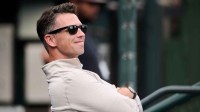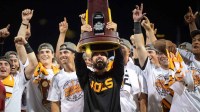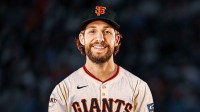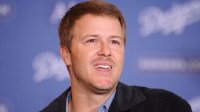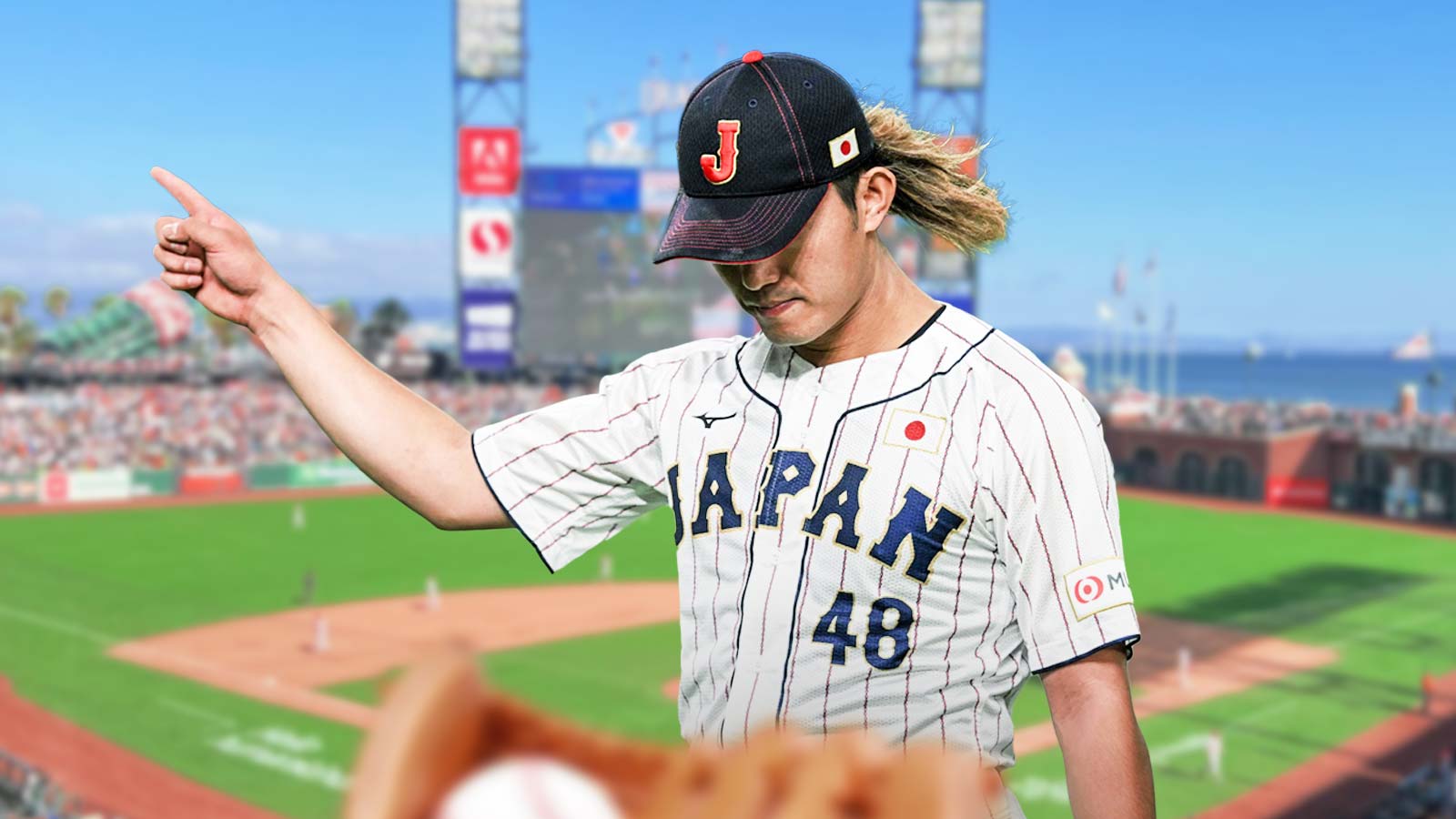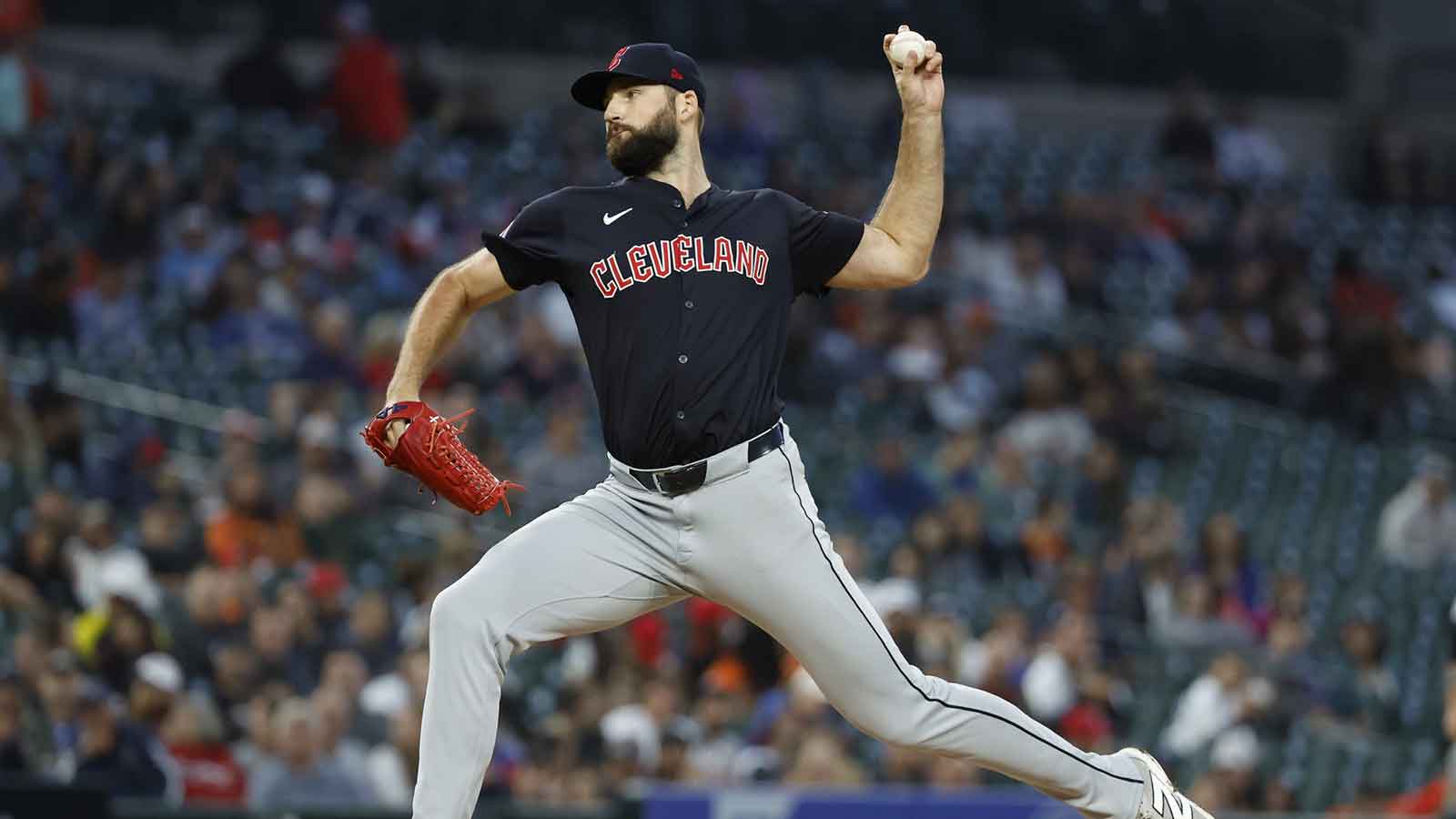The San Francisco Giants entered September clinging to mathematical playoff hopes, sitting 71-69 and trailing the final National League wild-card spot by four games. While the season isn't technically over, the writing on the wall couldn't be clearer. The Giants' fatal flaw isn't their pitching staff, which has been respectable despite countless injuries, nor is it their defense. It's their anemic offense that has transformed what should have been a competitive season into another disappointing campaign destined to fall short of October baseball.
A Historically Bad Offensive Collapse
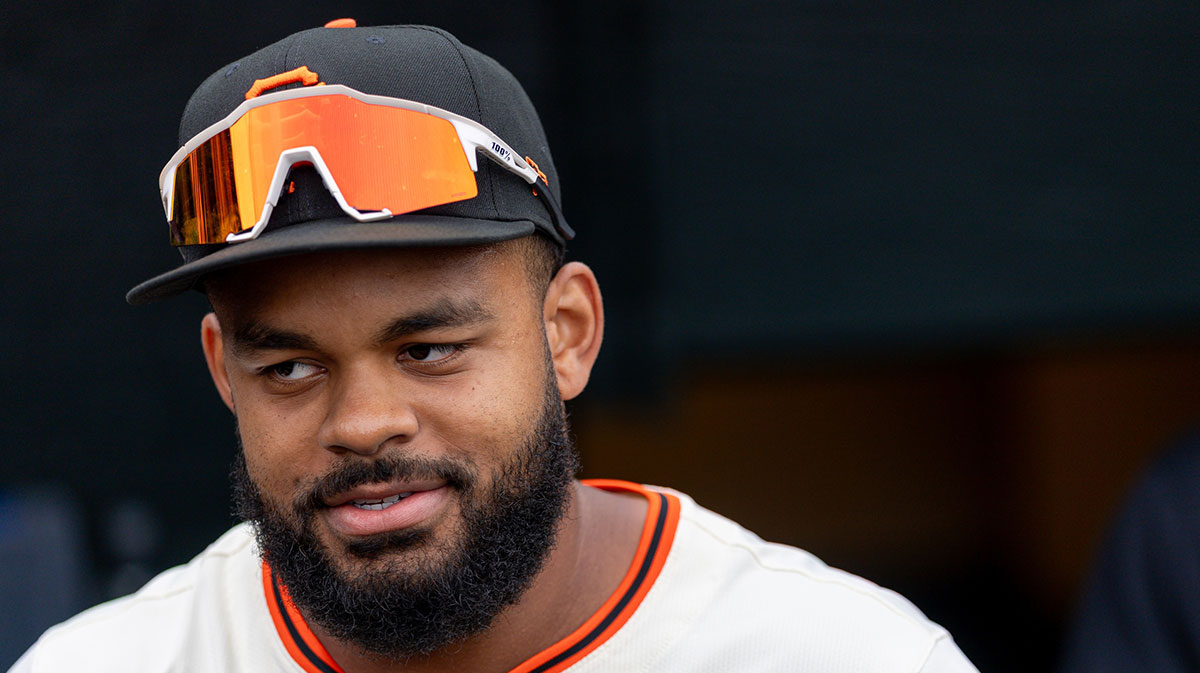
The Giants' offensive struggles aren't just a recent development – they represent a season-long catastrophe that reached historically bad proportions. Since May 17, following Wilmer Flores's three-home run performance against the Athletics, the Giants offense has been among baseball's worst. Over a 40-game stretch, the lineup slashed a putrid .219/.308/.344 with an 87 wRC+. Both their batting average (.219) and slugging percentage (.344) ranked dead last in Major League Baseball during that span.
The team's overall offensive numbers paint an equally grim picture. With a team wRC+ of 94 and rankings in the bottom third of baseball in average, on-base percentage, and slugging percentage, the Giants have consistently failed to generate the run production necessary for playoff contention. Their team batting average of .237 ranks 27th in MLB, while their .387 slugging percentage places them 21st. For a team playing in pitcher-friendly Oracle Park, these numbers are particularly damning.
Perhaps most telling is their inability to hit with power consistently. The Giants rank last in the National League and 29th in all of baseball in hard-hit percentage. This fundamental inability to drive the ball with authority has manifested in countless frustrating at-bats where potential rallies die on soft contact and pop-ups.
Individual Failures Compound the Problem
The Giants' offensive woes can't be attributed to one or two underperforming players – it's been a lineup-wide epidemic. Willy Adames, signed to a franchise-record seven-year, $182 million contract, has been a massive disappointment with a .230/.317/.426 slash line through much of the season. His 26 home runs and 76 RBI represent solid power numbers, but his overall offensive contribution has fallen well short of expectations for a player earning that kind of money.
Patrick Bailey has similarly struggled behind the plate, ranking among the worst hitters in baseball while receiving numerous plate appearances. These three players alone – occupying key positions in the lineup – have created a black hole that even solid contributions from players like Rafael Devers, Heliot Ramos and Matt Chapman couldn't overcome.
The Pitching Staff Couldn't Overcome Offensive Futility
While the Giants' offense cratered, their pitching staff actually performed admirably despite being decimated by injuries. The rotation, led by Logan Webb's 13 wins and 3.17 ERA, provided enough quality innings to keep games competitive. The bullpen, despite losing key pieces like Camilo Doval and Tyler Rogers to trades, maintained a respectable 3.30 ERA.
However, pitching injuries created additional pressure on an already struggling offense. When starters like Landen Roupp suffered multiple injuries and prospects like Kai-Wei Teng struggled with control issues, it forced manager Bob Melvin to deploy bullpen games and emergency starters more frequently. This strategy can work occasionally, but only if the offense can provide adequate run support – something the Giants consistently failed to deliver.
The most damaging aspect of the Giants' offensive struggles was how they wasted quality pitching performances. Multiple games featured stellar outings from the starting rotation only to result in losses because the lineup couldn't scratch across more than two or three runs.
Playoff Mathematics Make Recovery Impossible
With the Giants sitting four games behind the final wild-card spot with fewer than 25 games remaining, the mathematical path to the playoffs has become virtually impossible. Even if they were to play .750 baseball down the stretch – an unrealistic expectation given their season-long offensive struggles – they would still need significant help from teams ahead of them.
The National League wild-card race features multiple teams with superior offensive production and more reliable lineups. The New York Mets, Chicago Cubs, and San Diego Padres all possess the type of consistent run-scoring ability that the Giants have lacked all season. These teams can win games in multiple ways, while the Giants have been almost entirely dependent on pitching and defense – a formula that rarely sustains success over 162 games.
As September winds down and playoff spots are clinched by more complete teams, the Giants will be left to contemplate another season of what-ifs. Their pitching staff deserved better. Their fans deserved better. But in baseball, as in life, good intentions and solid peripheral performance mean nothing without the ability to score runs when it matters most.
The Giants' fatal flaw isn't complex or mysterious – it's their inability to hit, and that fundamental shortcoming has doomed their 2025 postseason hopes from the very beginning. No amount of pitching excellence or defensive wizardry can overcome an offense that ranks among baseball's worst, and the Giants learned that lesson the hard way over 140 games of frustrating, opportunity-wasting baseball.



